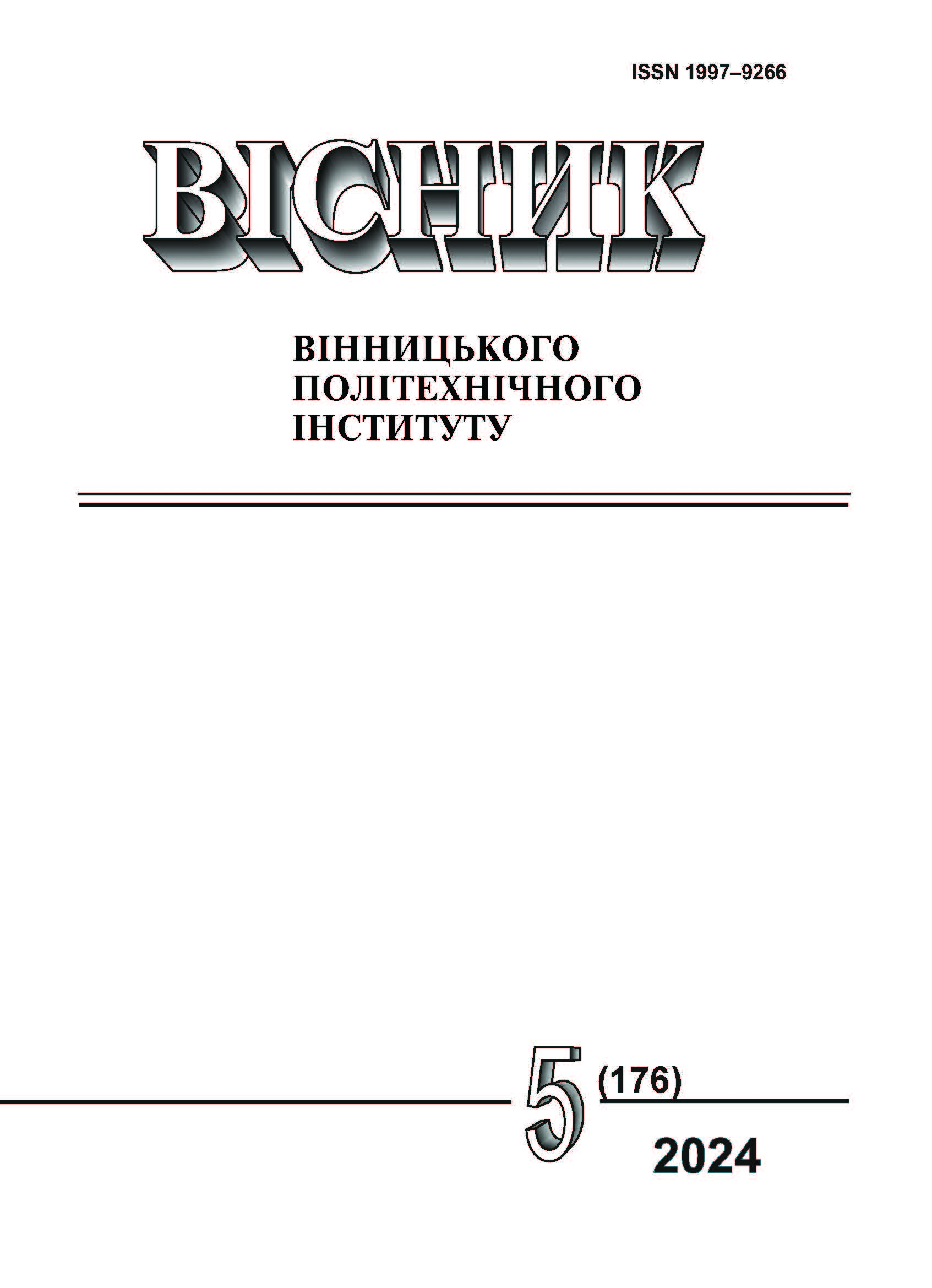СИСТЕМА КОНТРОЛЮ ЯКОСТІ ТА ОЦІНЮВАННЯ РИЗИКІВ ЕНЕРГООБЛАДНАННЯ ПІД ЧАС ЕКСПЛУАТАЦІЇ ЕНЕРГОБЛОКІВ АЕС
DOI:
https://doi.org/10.31649/1997-9266-2024-176-5-16-22Ключові слова:
контроль герметичності, тепловидільний елемент, якість, ВВЕР-1000, машина перевантаженняАнотація
розміщені на секціях робочої штанги. Технологічна частина містить блоки для підготовки стисненого повітря, відбору та вимірювання активності газових проб, а також систему управління даними. Принцип роботи системи полягає у барботуванні повітря через тепловидільні збірки, що дозволяє виявити газоподібні продукти поділу, які свідчать про наявність негерметичних твелів. Встановлено, що система дозволяє зменшити обсяги радіоактивних відходів, пов’язаних з перевантаженням, а також знижує добові навантаження на персонал. Впровадження системи контролю герметичності оболонок твелів забезпечує контроль герметичності кожної перевантажуваної тепловидільної збірки, що є важливим кроком у підвищенні безпеки експлуатації атомних електростанцій. Зниження ризиків аварій, скорочення часу перевантаження та зменшення потреби в чистій борованій воді є суттєвими перевагами нової системи. Економічний ефект від впровадження системи контролю герметичності оболонок твелів може становити від 17,5 до 26,5 млн гривень на один енергоблок, що еквівалентно економії 4—5 тепловидільних збірок свіжого пального. Таким чином, стаття надає важливі рекомендації щодо підвищення якості контролю герметичності твелів, що є актуальним у сучасних умовах енергетичної безпеки. Впровадження системи контролю герметичності сприятиме підвищенню загальної надійності та безпеки атомних електростанцій, що є важливим завданням для енергетичної галузі.
Посилання
Е. Khomiak, P. Budanov, І. Kyrysov, К. Brovko, S. Kalnoy, and О. Karpenko, “Building a model of damage to the fractal structure of the shell of the fuel element of a nuclear reactor,” Eastern-European Journal of Enterprise Technologies, no. 4, 2022, pp. 60-70. https://doi.org/10.15587/1729-4061.2022.263374 .
Е. Хом’як, П. Буданов, К. Бровко, і І. Кирисов, «Сучасні підходи та вимоги до методів контролю герметичності оболонки тепловидільного елемента,» Вісник Вінницького політехнічного інституту, № 3, 2022, с. 11-16. https://doi.org/10.31649/1997-9266-2022-162-3-11-16 .
R. Trishch, O. Cherniak, D. Zdenek, and V. Petraskevicius, “Assessment of the occupational health and safety management system by qualimetric methods,” Engineering Management in Production and Services, no.16 (2), pp. 118-127, 2024. https://doi.org/10.2478/emj-2024-0017 .
О. Іванов, М. Левченко, і В. Грищенко, «Застосування сучасних методів контролю герметичності оболонок твелів у машині перевантаження,» Ядерна енергетика і технології, № 3, 2020, с. 30-36. https://doi.org/10.32918/nets.2020.3(78).05 .
Т. Савченко, О. Кравченко, і П. Дяченко, «Вдосконалення методів контролю герметичності оболонок твелів для підвищення безпеки експлуатації енергоблоків АЕС,» Енергетичні технології, № 4, с. 22-27, 2019. https://doi.org/10.32918/et.2019.4(75).06 .
В. Мельник, С. Бондаренко, і А. Костенко, «Зниження радіаційного впливу через покращення контролю герметичності твелів на АЕС з ВВЕР-1000,» Вісник ядерної фізики, № 1, с. 15-20, 2018. https://doi.org/10.31649/1997-9266-2018-162-1-15-20 .
Р. Остапенко, Ю. Шевченко, і І. Гончаренко, «Вплив системи контролю герметичності оболонок твелів на скорочення часу ремонтних робіт,» Ядерна безпека і екологія, № 2, с. 18-23, 2017. https://doi.org/10.32918/nse.2017.2(72).04 .
С. Коваленко, В. Пушкар, і М. Лисенко, «Удосконалення методів контролю герметичності оболонок твелів для підвищення коефіцієнта використання потужності енергоблоків АЕС,» Технічні науки, № 3, с. 10-15, 2016. https://doi.org/10.32918/tn.2016.3(69).02 .
А. Даниленко, О. Костюк,і В. Федоренко, «Застосування нових технологій контролю герметичності оболонок твелів у машині перевантаження,» Вісник енергетики, № 4, с. 25-30, 2015. https://doi.org/10.31649/1997-9266-2015-162-4-25-30 .
І. Семененко, В. Ткаченко, і Р. Бабенко, «Оцінка ефективності системи контролю герметичності оболонок твелів на енергоблоках АЕС з ВВЕР-1000,» Екологічна безпека, № 1, с. 5-10, 2014. https://doi.org/10.32918/eb.2014.1(66).01 .
##submission.downloads##
-
pdf
Завантажень: 78
Опубліковано
Як цитувати
Номер
Розділ
Ліцензія

Ця робота ліцензується відповідно до Creative Commons Attribution 4.0 International License.
Автори, які публікуються у цьому журналі, згодні з такими умовами:
- Автори зберігають авторське право і надають журналу право першої публікації.
- Автори можуть укладати окремі, додаткові договірні угоди з неексклюзивного поширення опублікованої журналом версії статті (наприклад, розмістити її в інститутському репозиторії або опублікувати її в книзі), з визнанням її первісної публікації в цьому журналі.
- Авторам дозволяється і рекомендується розміщувати їхню роботу в Інтернеті (наприклад, в інституційних сховищах або на їхньому сайті) до і під час процесу подачі, оскільки це сприяє продуктивним обмінам, а також швидшому і ширшому цитуванню опублікованих робіт (див. вплив відкритого доступу).





